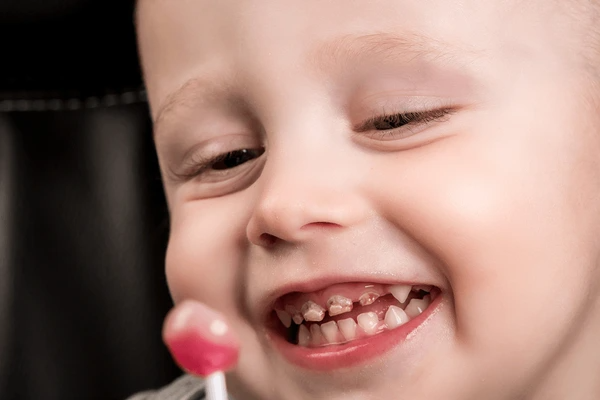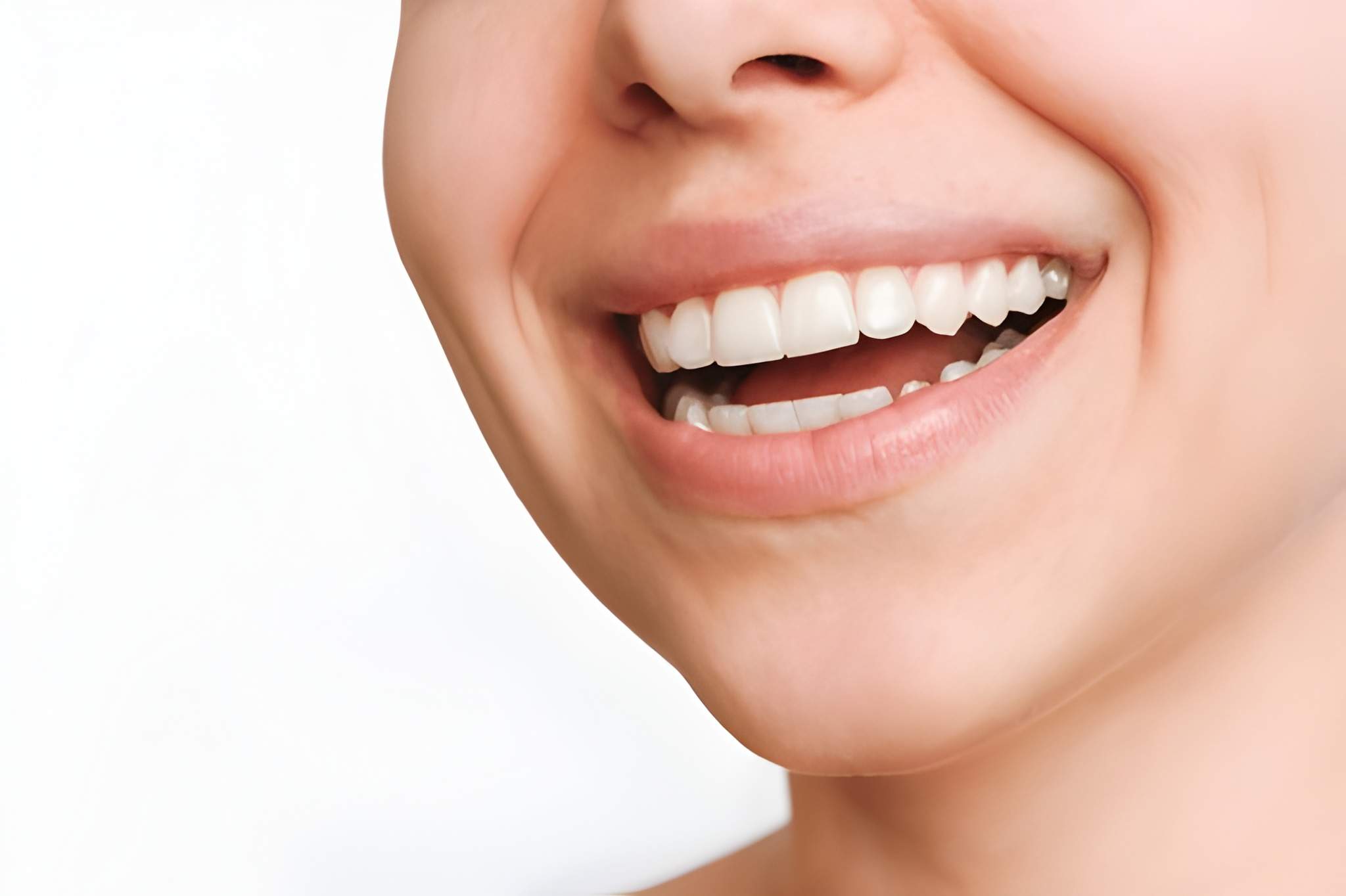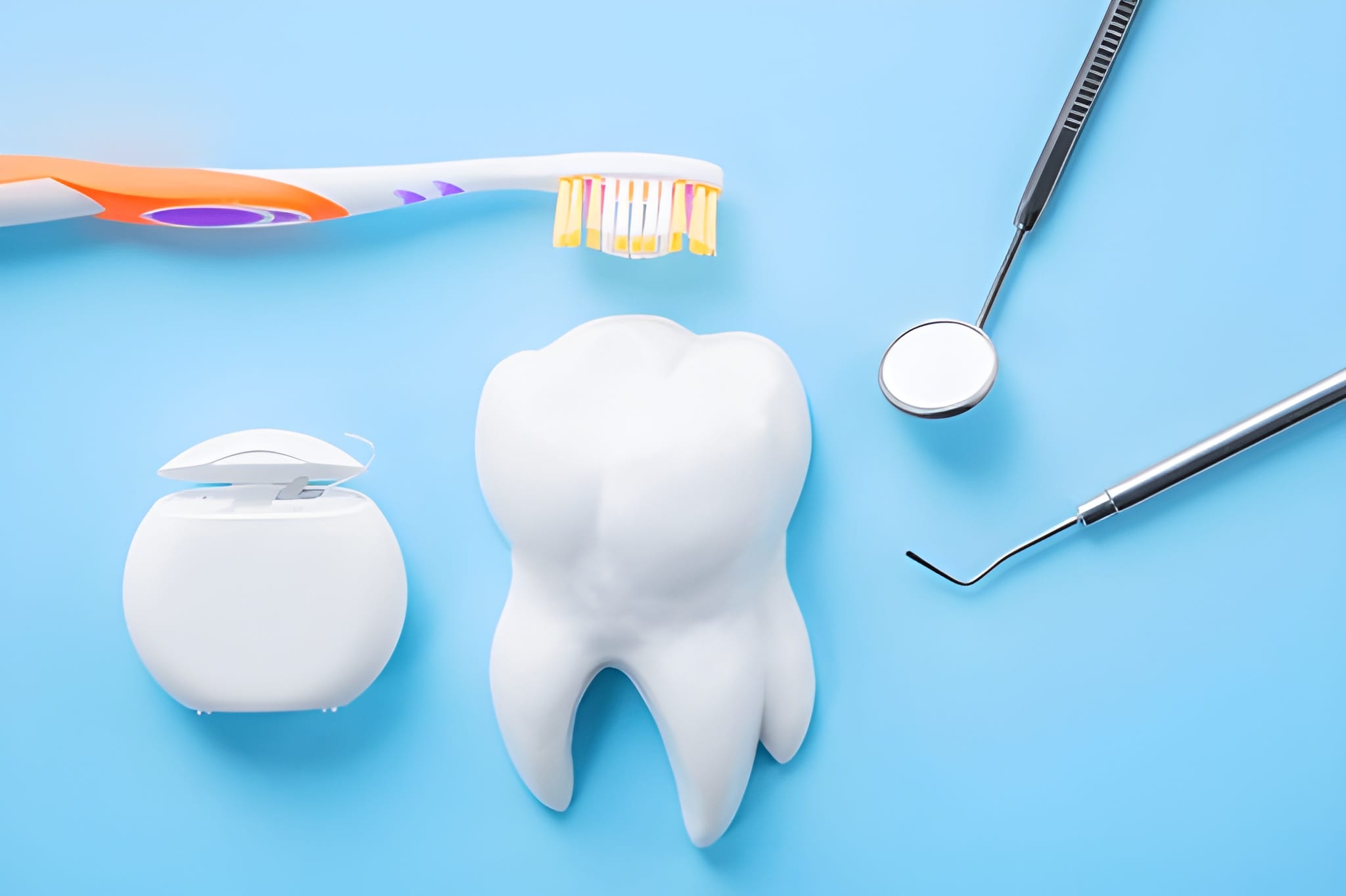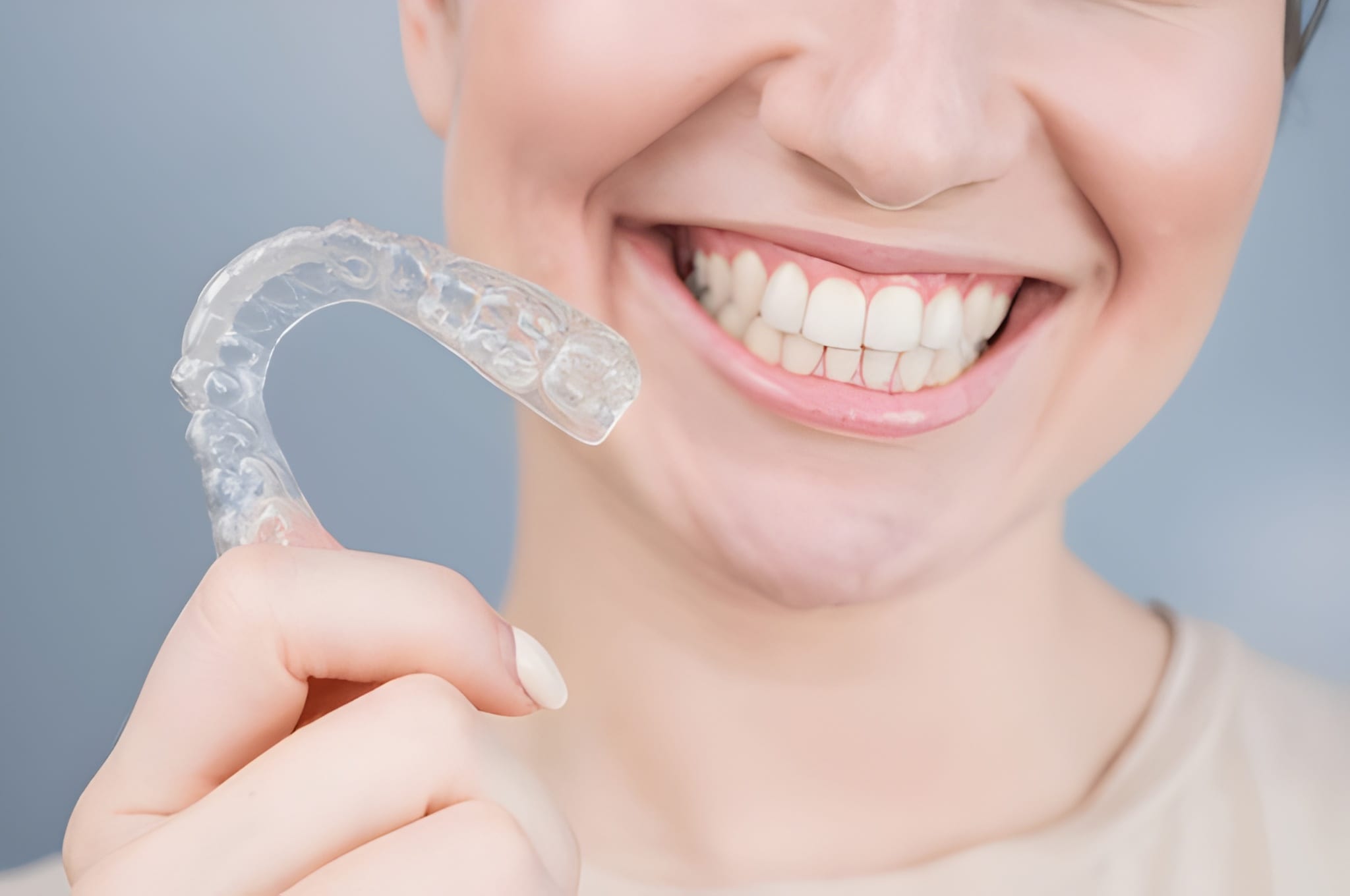Maintaining healthy teeth in childhood is one of the most important steps toward lifelong oral health. While genetics and diet play a role, daily routines and behaviors often have the most significant impact. Unfortunately, many parents don’t realize that seemingly harmless children’s dental habits to avoid can actually cause lasting harm.
In this guide, we’ll explore the top 5 habits that damage children’s teeth, discuss the causes of tooth decay in kids, and provide actionable strategies on how to protect kids teeth from damage. Along the way, we’ll highlight the effects of sugary snacks on children’s teeth and the brushing mistakes kids make—two of the most common culprits in childhood dental problems.
1. Thumb Sucking and Prolonged Pacifier Use
Why It’s Harmful
Thumb sucking and the use of pacifiers are normal comfort measures for infants. However, if these are continued into toddlerhood, they become some of the worst habits that destroy children’s teeth. Continued sucking can lead to teeth being pushed out of position, constrict the palate, and even cause bite issues like an overbite or open bite.
The Connection to Reasons Behind Tooth Decay in Children
Kids who habitually use pacifiers or suck their thumbs can also hold saliva and bacteria near their mouths. This will speed up tooth decay, provided that, on a regular basis, milk or sweetened beverages are drunk before bedtime.
How to Stop Habits that Damage Children’s Teeth
- Implement comfort substitutes like soft objects or blankets.
- Practice positive reinforcement when kids refrain from thumb sucking.
- See a dentist if the habit continues after 4 years of age because intervention might avoid improper alignment.
Stopping these kids’ dental routines to prevent early guarantees healthier oral growth and minimizes orthodontic complications later on.
2. Nail Biting
Why It’s Bad
Nail biting is innocuous-looking but is one of the underappreciated habits that ruin kids’ teeth. Repeated pressure from chewing can wear away enamel, move teeth out of alignment, and put dangerous bacteria into the mouth.
The Link to Brushing Errors Children Make
Kids who bite their nails tend to neglect regular brushing of front teeth, either habitually or in pain. This promotes plaque accumulation, which softens enamel and complicates decay risk.
Stopping It
- Encourage activities that will relax kids, such as drawing, puzzles, or playtime.
- Apply a bitter-tasting nail polish that is suitable for use on children in order to discourage the habit.
- Instruct conscious behavior by rewarding kids for having unbitten nails.
By treating nail biting early on, parents are able to minimize oral traumas and prevent one of the underappreciated agents of tooth decay in children.
3. The Use of Teeth as Tools
Why It’s Bad
Kids tend to use their teeth like convenient tools—opening snack packets, ripping tape, or even shattering nutshells. Sadly, this is one of the most destructive children’s dental habits to break. Teeth are not made to support pressure like that, and the habit can lead to chips, cracks, or early wear.
The Connection to How to Guard Kids’ Teeth from Damage
Parents should stress the proper use of the right equipment. A simple reminder such as, “Teeth are for chewing food, not opening things,” will go far in developing good habits. The teaching of this rule is a straightforward method of practice in how to prevent kids teeth from being damaged.
How to Prevent habits that damage childrens Theeth
- Provide scissors or kid-safe tools so that temptation is reduced.
- Supervise children when they attempt to open packets or toys.
- Provide consistent reinforcement regarding the function of teeth in mastication, not ripping.
This subtle adjustment averts long-term structural damage and the expense of restorative dental care in the future.
4. Avoiding Dental Checkups
Why It’s Harmful

One of the most prevalent but neglected practices that destroy kids’ teeth is avoiding routine dental care. Parents tend to think that if the children’s teeth do not show visible cavities, they are okay. But a lot of dental issues in kids progress quietly.
The Link to Causes of Tooth Decay in Kids
Skipping checkups means missing early warning signs of cavities, gum disease, or misaligned teeth. Since many brushing mistakes kids make allow plaque to build up in hidden areas, only a dentist can catch problems early.
How to Stop It
- Schedule checkups every six months, even if teeth look healthy.
- Make dental visits fun by combining them with a family outing.
- Teach children that dentists are helpers, not scary strangers.
Regular visits also provide preventive care such as fluoride treatment and sealants, which are crucial in learning to defend kids’ teeth against harm.
5. Not Drinking Enough Water & Too Much Sugary Snacks
Why It’s Harmful
Sugary beverages and treats are still the number one cause of cavities in children. From candies and juices to sodas and energy drinks, sugar pairs with bacteria in the mouth to create acid that dissolves enamel. When children don’t drink enough water as well, these acids are not rinsed away, so the chances for cavities multiply.
The Impact of Sugary Snacks on Children’s Teeth
- Sped-up development of cavities
- Enamel weakening
- Gum inflammation increased
- Long-term tooth loss risk
The Place of Water in How to Safeguard Kids Teeth from Damage
Water washes away food debris, counters acid, and aids saliva production. Getting children to drink water—particularly after eating sweets—can significantly limit the impact of sweet foods on kids’ teeth.
How to Prevent It
- Substitute water or milk for sugary beverages.
- Restrict sweet treats to occasional treats instead of everyday snacks.
- Educate kids to wash with water following each meal.
By tackling eating habits, parents can negate the most childrens dental habits to avoid and encourage healthier oral practices.
Other Brushing Errors Made by Kids
Aside from the top five, most kids also have problems with correct brushing technique. Some common errors are:
- Brushing too fast or missing teeth at the back.
- Applying too much or too little toothpaste.
- Failure to brush for the two minutes recommended.
- Omitting to floss between teeth.
Fixing these brushing errors children commit prevents preventive measures from going to waste. Parents must monitor brushing until at least age 7–8 to ensure good technique.
How Parents Can Take Action
After parents are aware of the most prevalent habits that harm children’s teeth, the next thing to learn is how to prevent them actively. Thumb sucking, nail biting, avoiding dental visits, or consuming huge amounts of sweets do not just impact a child’s smile temporarily—they can lead to long-term oral issues. Fortunately, small but regular changes at home can make a big difference in oral health.
A good approach is to make a dental routine chart. Children need routine and imagery, so a daily chart with brushing, flossing, and rinsing can make brushing more fun. Parents can use stickers or stars to indicate progress, making oral care a fun activity rather than what feels like a chore. This creates consistency, which is crucial in preventing the accumulation of plaque and cavities.
Food habits also have a massive contribution. Rather than sweets and fizzy drinks, parents need to provide sugar-free snacks such as cheese, yogurt, or fruit. These not only curb the desire but also give the teeth the nutrients that help build enamel. By limiting the access of the child to sweets, the parents themselves lower one of the primary causes of tooth decay among children.
Managing oral habits such as the use of pacifiers and nail biting is also critical. Pacifiers must be weaned following toddlerhood, and anxiety-related habits such as nail biting must be replaced with more constructive coping methods, including play or relaxation exercises.
Rewarding dental milestones is another form of positive reinforcement. Incentives in the form of small rewards for milestones, such as having a cavity-free checkup, encourage children to feel proud of their oral hygiene.
Finally, parents’ strongest resource is their own example. Kids copy what they see. By demonstrating proper brushing, flossing, and healthy eating, kids simply follow suit.
By following these steps, families can teach lasting oral habits. By doing so, these preventive measures directly demonstrate how to safeguard children’s teeth from harm before little problems become big dental issues.
Conclusion: Healthy Smiles Begin with Healthy Habits
The habits of daily life determine children’s oral health. From sucking thumbs to snacking on sweet treats, small habits tend to become big contributors to tooth decay among children. By changing these kids’ dental practices to prevent early on, parents can minimize the impact of sugary snacks on children’s teeth, reverse brushing errors children commit, and educate their children on how to preserve kids teeth from damage.
At Dental Scotland, our family-oriented staff are committed to supporting families through all of their child’s dental milestones. We provide preventive check-ups, fluoride treatments, orthodontic evaluations, and thoughtful paediatric care designed to defend and make strong young smiles. If your child requires assistance with eliminating destructive habits, improving brushing habits, or preventing future problems, we are ready to help create healthier, whiter smiles for life.





